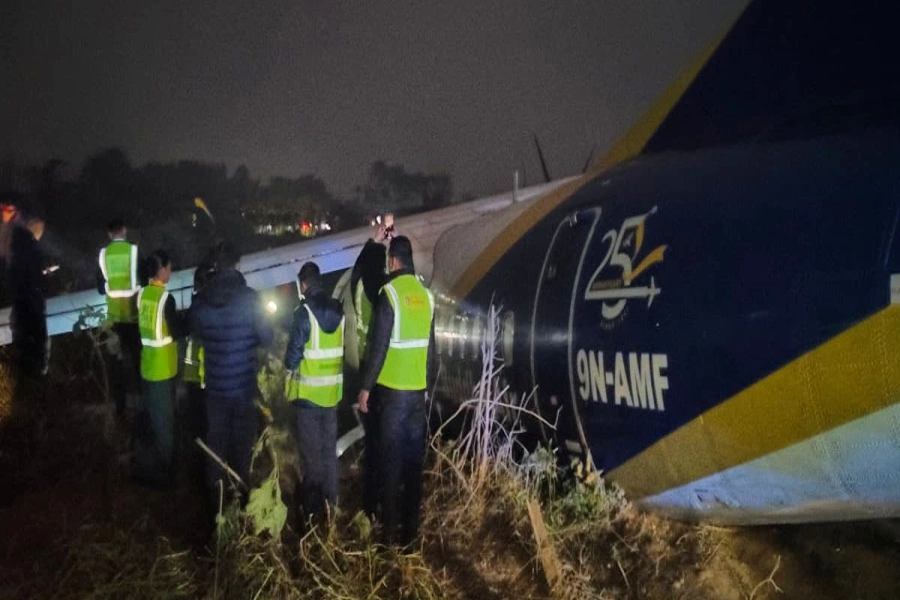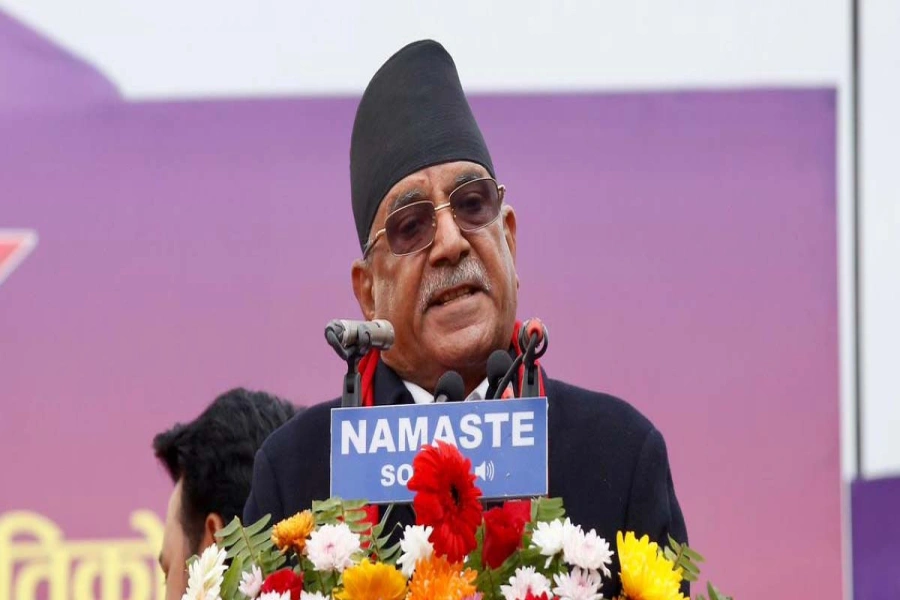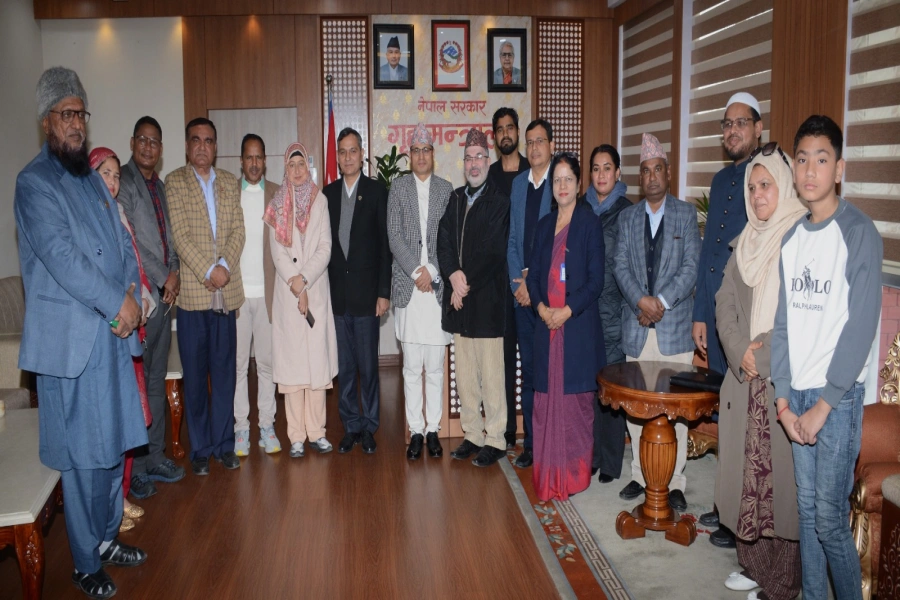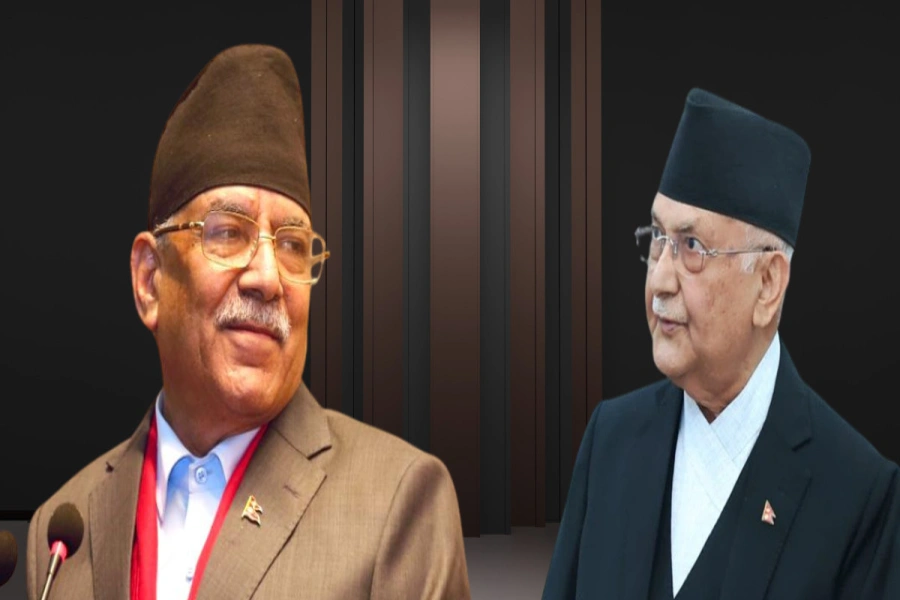If the state fails to control corruption, ensure accountability and provide basic needs such as food, shelter, clothes, education, health and employment, threat of insurgency will always loom
Few days ago, a person claiming to belong to ‘banned’ communist party called me for some monetary assistance for his party. He had misunderstood me for a manpower supplier to foreign countries. I said that he was calling a wrong number. A follow up to that call has not arrived yet. But this is the indication of the fact that threat looms large in Nepali society and that Nepal needs to formulate a pragmatic and stringent policies and programs to curb rogue elements’ activities by investigating into the root causes of the problems.
Terrorism existed even in America during colonial time. This “great power” could experience failed counter-insurgency operations, most notably in South Vietnam in the 70s and later in Iraq and Afghanistan in the late 90s, where as Britain also had a win story in Malaysia in the 70s but they were of different nature. Although both American and British social scientists recognized the need to capture hearts and minds, they never reached a consensus on the question of how to win the hearts and minds of dedicated aliens.
We experienced the decade-long bloody insurgency when then Nepal Communist Party (Maoist) challenged the state authority in the 90s. They devised terror tactics in the fashion of the ancient Chinese proverb, “kill one, and frighten ten thousand” later forcing the government to put a price tag on their supremo’s head.
Living with fear

Maoist insurgency started with a 40-point demand related to different aspects. Comrades even wanted abrogation of Nepal-India Peace and Friendship Treaty of 1950. The ranks and file of the party were indoctrinated on faulty structural problems of the country which included semi-feudal structure, regional disparity and oppression of nationalities. They claimed to solve these problems under their leadership. Their demands included ethnic autonomy, devolution of state power, secular state, equality and end of ethnic domination. These demands resonated well among marginalized people. Many domestic and foreign researchers have revealed that caste, ethnicity, poverty, inequality, lack of opportunity, illiteracy and cultural and religious domination were the root causes of Nepal’s decade-long conflict.
Even today, many of these grievances prevail in Nepali society and caste and ethnicity have been found as a significant factor to increasing poverty. A 2003 USAID-commissioned study said caste and ethnicity were a significant “contributing factor” to the growth of Maoist movement and that it was driven by “grinding poverty” and economic marginalization.
The situation still remains unchanged.
Nepal entered into an era of sustainable peace with the signing of Comprehensive Peace Accord (CPA) which promised new constitution and state restructuring. Academicians and politicians agree that Nepal’s peace process could reach the logical conclusion primarily because integration of Maoist fighters was finalized, only leaving behind the outstanding task of resolving the cases of abuse and crime to Commission of Investigation on Enforced Disappeared Persons (CIEDP) and the Truth and Reconciliation Commission (TRC). Let us hope these two bodies will be able to accomplish their mandate.
Yet the fact remains that major grievances of the people remain unaddressed due to various factors. Discrepancy at social level such as asset inequality, unequal access to public employment and public services, over-taxation, and economic mismanagement stare at our faces. And the underground Maoist group led by Netra Bikram Chand has used the tactics their parent party in the 90s had used: covert indoctrination and recruitment. This could lead to the rise of new insurgency. Based on this scribe’s original field experience and a thorough analysis of past events, the state machinery should step up efforts to win the people’s hearts and prevent them from falling into Chand’s revolutionary rhetoric. Chand’s group has begun to carry out revolutionary cultural program or activities for increasing awareness in remote villages. It is no secret that they are extorting money, the way Maoists used to do during the 90s.
Kautilya in Arthashastra has written that a state could be at risk from four types of challenges—internal, external, externally aided internal and internally aided external. He argues that internal challenges should be taken care of immediately. If state fails to control corruption, ensure accountability and provide basic needs such as food, shelter, clothes, education, health and employment to the people, threat of insurgency always remains. Small states cannot override such threats. States failing to manage the issues may experience instability and social disorder in the long run.
Any form of conflict has economic, social and cultural costs and the damages it causes are colossal. Apart from direct cost, there are indirect costs such as psychological effects on the affected population, which are difficult to measure. Military option is the principal way to address violent extremism but nothing is more effective than political negotiations.
The author, former Spokesperson of Nepal Army, is Chief Executive Officer at Nepal Institute for Strategic Studies







































